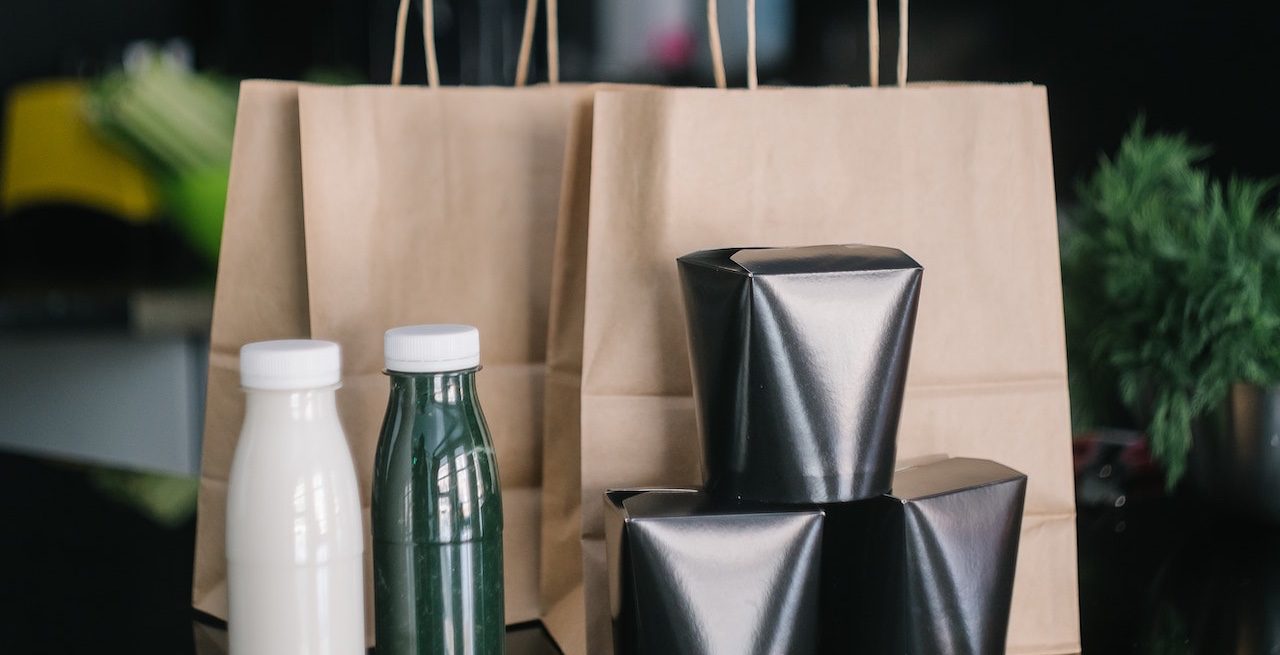Improving Your Curb Appeal by Maximizing Your Curbside Pickup Offering
3 Min Read By Laura Livers
During the pandemic, quick-service restaurants (QSRs) were forced to innovate if they wanted to succeed. That meant streamlining their operations – and consumers quickly got on board.
Contactless payments started as a safety precaution for many quick-service restaurants (QSRs) – allowing them to offer a curbside service that kept patrons out of the dining room. Since 2020, however, consumers have grown used to contactless options such as curbside pickup as a convenient choice, even as restaurants reopened their doors.
Here's a look at why curbside pickup has staying power, and how you can improve your own curbside offering.
Why Curbside Isn’t Going Anywhere
Curbside pickup adoption has been remarkable. Although the offering wasn’t widespread prior to 2020, COVID caused a seismic overnight change – now a third of shoppers under 50 who switched to curbside pickup during the pandemic plan to keep using the service.
Of course, in an industry that thrives off convenience, it is not surprising that curbside pickup is staying put. For consumers who love the convenience but want to steer clear of extra fees delivery often brings, curbside is a more cost-effective choice for those who want their food ready without the wait. And because curbside has streamlined the QSR customer journey dramatically, the need for customers to wait in line, order their food and wait for it to be prepared has been virtually eliminated.
Curbside pickup also offers numerous benefits for the restaurant itself. It’s a good way for restaurant owners to boost sales without raising prices, increasing capacity, or buying more equipment. It also allows restaurants to be more inclusive for disabled patrons. Even as many customers have resumed their pre-pandemic dining habits, some still can’t risk contracting COVID-19 or have other ailments that make dining in-restaurant difficult.
Tapping Into the Potential
Now that contactless offerings have become permanent for many restaurants, they’ll need to be refined – and there’s a world of opportunity to make these offerings future-proof. A few suggestions for restaurants that want their curbside pickup to become a differentiator:
- Dedicate space: Reserving parking spots for curbside pickup customers only will create a more efficient experience for your customers. Big brands such as Which Wich, Chili’s and Outback Steakhouse implemented this at the start of the pandemic, making these spots easy to identify and as close to the pickup counter as possible ensuring speed and satisfaction.
- Exclusive deals: Having special discounts and promotions on the curbside app will not only encourage adoption but increase engagement on the app. Whether it is throughout the year or holiday-specific, restaurants such as Dunkin’, have seen a lot of success. This popular donut shop's rewards program provides unique deals to loyal customers called “DD Perks,” creating an exclusive experience.
- Location sharing: All too often, patrons must call into stores to let someone know they are ready for their order. Panera Bread addressed this challenge with GPS-enabled curbside pickup services, notifying staff of the customer’s arrival to shorten the wait time and improve its convenience factor.
- Automation station: Friction-filled experiences continue to be major barriers to expanded curbside pickup. Restaurants must offer seamless experiences that will have customers wanting more. Chipotle took it a step further and automated the entire experience, introducing delivery/curbside pickup-only locations that helped drive a 202.5 percent increase in digital sales annually.
Curbside pickup isn’t a new strategy for restaurants, but it will continue to evolve as trends and expectations change. Finding unique ways to differentiate this offering to satiate customers’ demands doesn’t have to be a daunting task – and finding areas to tweak and improve will structure the success of the offering for years to come.


